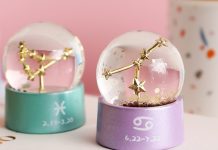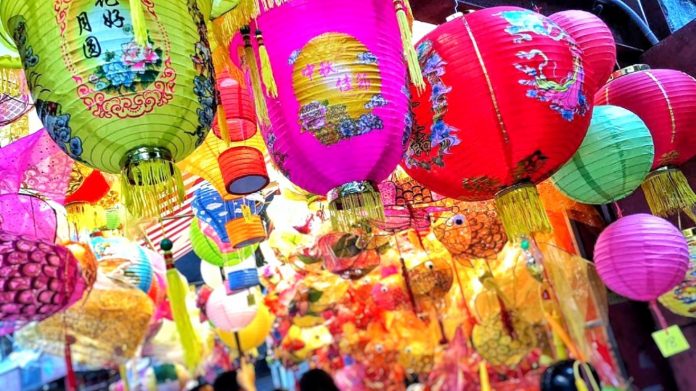
In Chinese: “中秋節” pronounced as Zhong Qiu Jie
In Japanese: 月見(つきみ)
In Korean: 추석 (Chu sok)
In Vietnamese: Tết Trung Thu
The Mid-Autumn Festival has been welcomed as one of the most significant occasions in other Asian countries such as China, Taiwan, Hong Kong, Vietnam, Japan, Korea, Singapore, Malaysia, Thailand, etc. In each nation, the festival has a particular meaning which leads to its different celebration.
The Mid-Autumn Festival celebration is on the 15th day of the eighth lunar month, which is the middle of the autumn season (the autumn season being the seventh, eighth, and ninth lunar months.) In the Gregorian calendar, the festival falls sometime around mid- to late September or early October. In 2018, it’s September 24th (Monday)
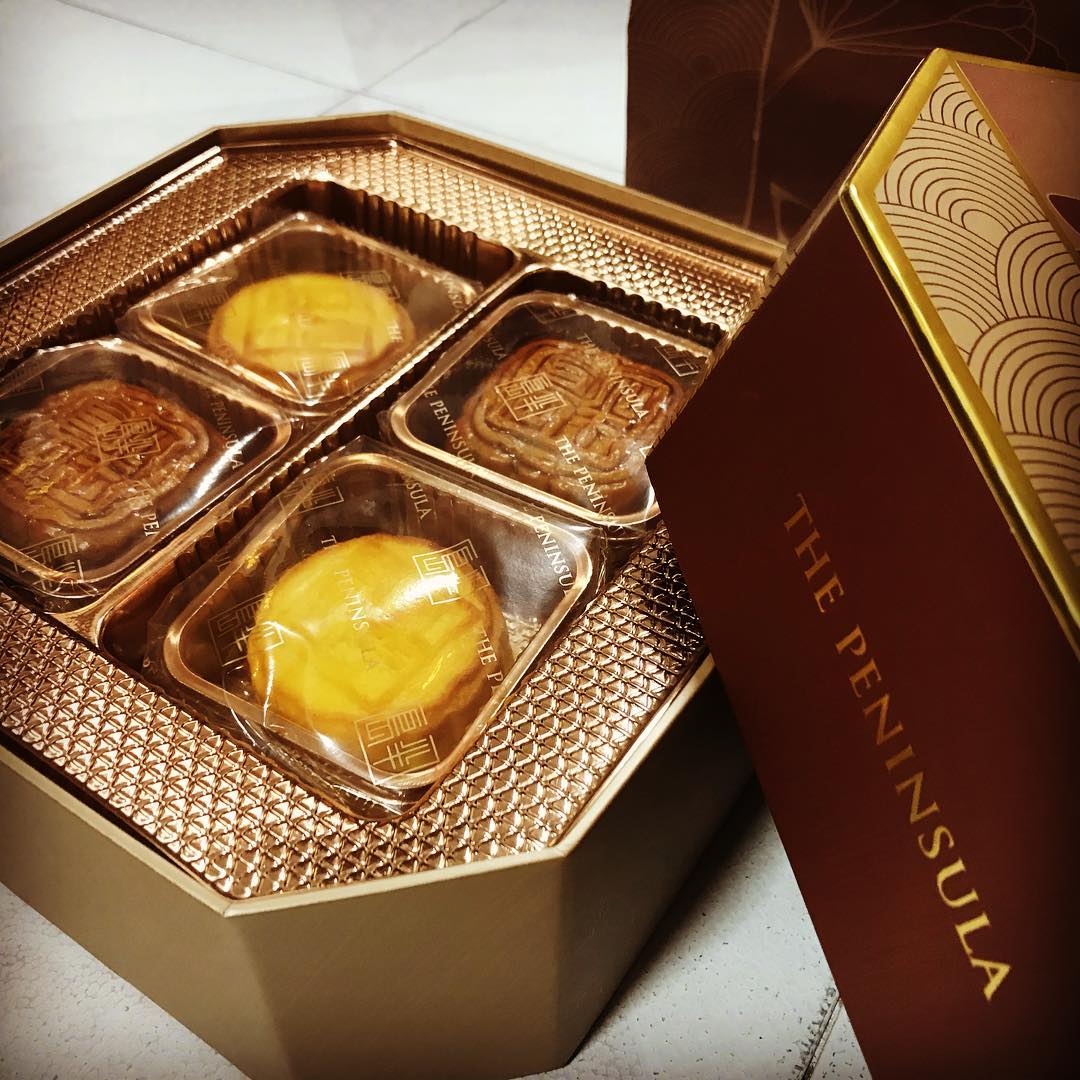
China – The Mooncake Festival
The festival is set aside to enjoy the “successful reaping of rice and wheat in a busy agricultural year.” Originally, it was an outdoor festival for thanksgiving and pleasure after heavy farming labors. Altars were set up in family courtyards under the moon. Offerings of melons, cakes, and pomegranates and other fruit were presented in honor of the moon. Today, it is a time for friends and families to gather together, to enjoy a big dinner, to eat moon cakes, and to watch the moon with a perfectly round shape symbolizing “familial harmony and unity.”
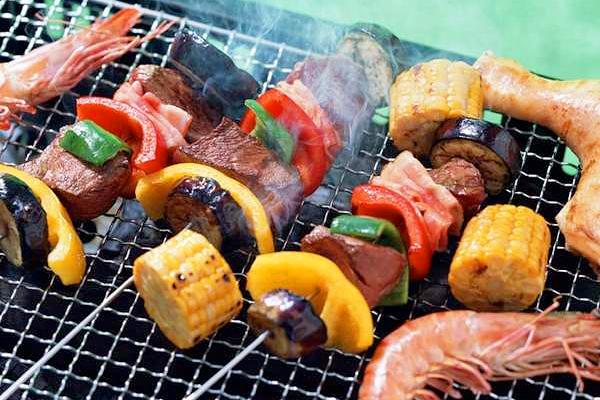
The round shape of mooncakes is another symbol of family reunion. The fillings of mooncakes include date paste, smashed bean, walnut, cassia bloom, egg yolk, salted meat, melon seeds, and lotus seed paste.
Taiwan – Mooncakes, Barbecue and Pomelo Hats
Mooncakes are without a doubt the most important aspect of the Mid-Autumn Festival. From the traditional pork flavor to the sweeter ice cream variations of more recent years.
This particular custom was in fact started by a local barbecue sauce manufacturer. The company ran a series of ads encouraging people to barbecue during Moon Festival. They inadvertently started a tradition that Taiwanese people love it.

The large citrus fruit pomelo is not only delicious but wearing its peel as a hat during Moon Festival is said to bring good fortune. The tradition believed that Chang’e, the lady in the moon, love the children wearing these hats made from her favorite fruit and so answer their prayers. It’s become a fun activity for kids and part and parcel of the festival now.
Vietnam – The Festival of Children
The full moon of the eighth lunar month symbolizes fertility. Originally, people prayed for a “bountiful harvest and a multiplication of all living things.” In the early twentieth century, this festival was an opportunity for young men and women to find their future life companions, or for young ladies to exhibit their handiwork and talents. Over time, the festival transformed into a celebration for children. Children receive gifts of toys and enjoy cakes, fruit and rice paste molded in the shapes of animals. Handcrafted shadow lanterns used to be an important part of the festival displays. 
Korea – Chuseok Festival
Korean Harvest Moon Festival is a three-day holiday in Korea and is often called the Korean version of Thanksgiving Day. It is a time when rice and other autumn crops are harvested, and fruits ripen. Koreans will visit the graves of their ancestors in their hometown and present a bountiful offering table filled with rice cake, rice wine, and fresh fruits. They will remove weeds around the graves that have grown over summer, a ritual named “Beolcho.” After dusk, families, and friends will gather and enjoy the beauty of the full harvest moon or play folk games such as Ganggangsullae (Korean circle dance). Gifts are exchanged among friends and relatives. 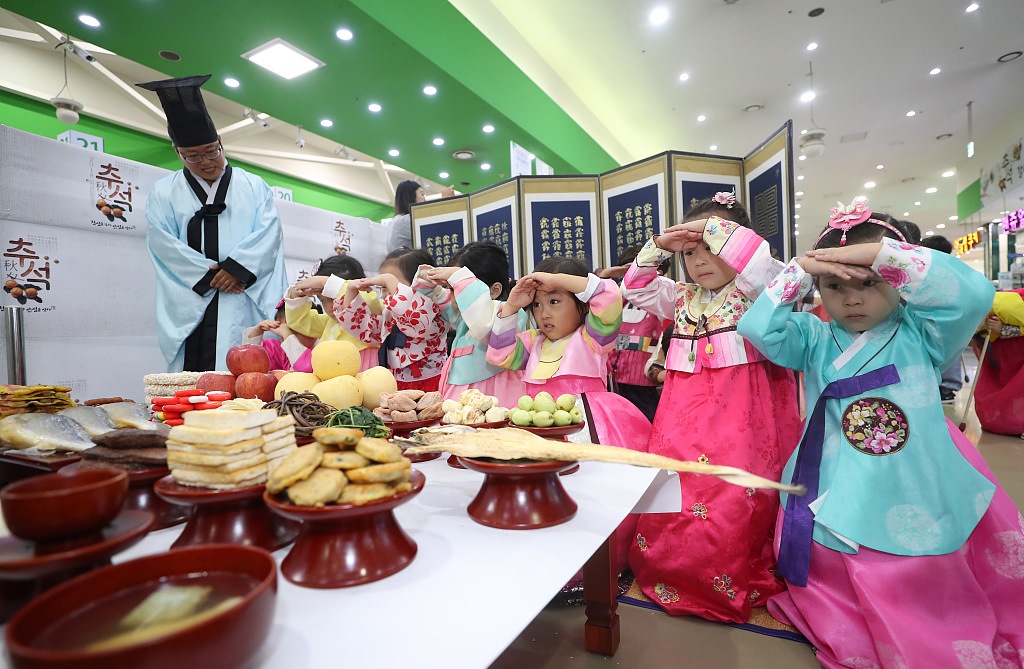
Singapore – Going on excursions
Chinese Singaporeans exchange mooncakes as gifts. People gather at home to “admire the full moon while drinking tea and sampling mooncakes. At night, children will roam around with lanterns of different shapes and sizes. Tourists can visit Chinatown to enjoy street lightings and bazaars and get immersed in the festive atmosphere.
Japan – The Festival of Moon Observing
Japanese Moon-viewing Festival (Tsukimi. 月見) has a recorded history of more than one thousand years. The ceremony serves as a prayer for a rich harvest of crops, an admiration to the moon, and a nexus between the aesthetic and spiritual. Japanese pampas grass is used for decoration and dango (rice dumplings) are used in the ceremony. 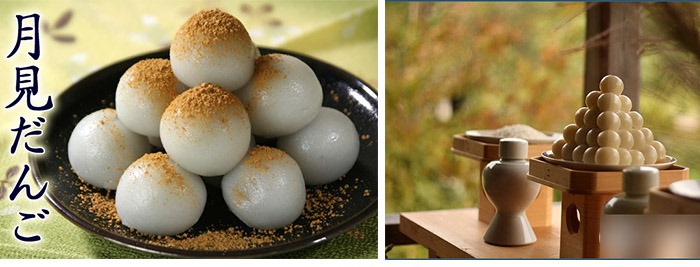
Malaysia – The Mooncake and Lantern Festivals
The family gathers under the full moon to celebrate unity and enjoy mooncakes. Varieties of mooncakes are sold in special counters in shopping malls. Dragon dance, lion dance, float parade, and lantern procession activities are held.
Thailand – The Prayer Festival
At the night of the Mid-Autumn Festival, the statues of Guanyin (Goddess of Mercy, กวนอิม) and the Eight Immortals (โป๊ยเซียน) are set up on the altars. Offerings include peach-shaped cakes and mooncakes. People believe the Eight Immortals will bring peach-shaped cakes to the moon and celebrate Guanyin’s birthday there. After birthday celebration, Guanyin and the Eight Immortals will descend a lot of blessings to people living on the earth. Chinese communities are decorated with lanterns and children will play and stroll around with lanterns in their hands. Egg-yolk lotus seed paste mooncake is the most popular variety in the market. Durian mooncake is a new favorite. 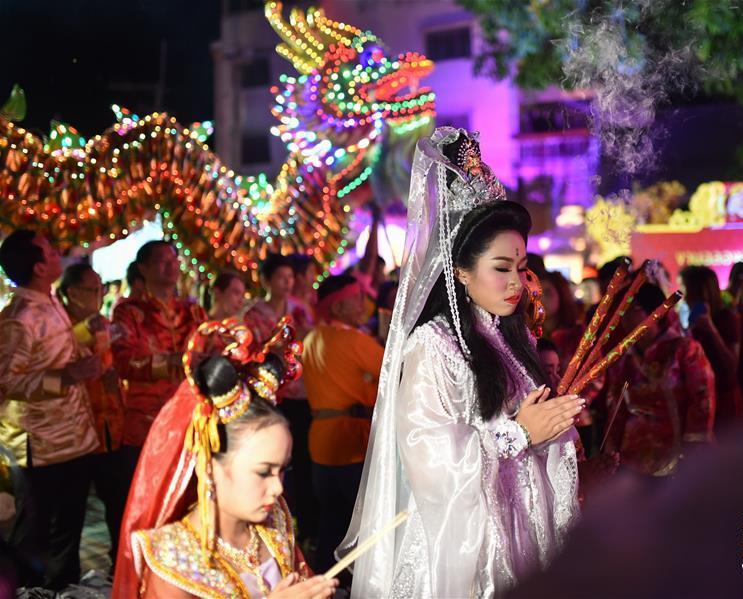
Philippines – The Mooncake Game and Float Parade
The Moon Festival is celebrated by mooncake exchanges among friends, relatives, and neighbors. Chinese communities are decorated with lanterns and colorful banners. Dragon dance, lantern procession, and float parade are popular activities. A game of chance/dice named the mooncake game is played by both Chinese and Filipinos.






